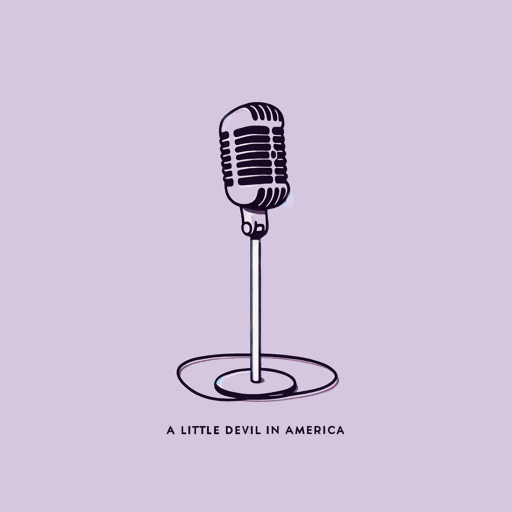57 pages • 1 hour read
Hanif AbdurraqibThey Can't Kill Us Until They Kill Us
Nonfiction | Essay Collection | Adult | Published in 2017A modern alternative to SparkNotes and CliffsNotes, SuperSummary offers high-quality Study Guides with detailed chapter summaries and analysis of major themes, characters, and more.
Symbols & Motifs
Fireworks
Fireworks operate as a motif highlighting themes of Public Versus Private Grief and Rewriting Narratives and Incorrect Perceptions. Particularly in the Marvin Gaye essay, Hanif Abdurraqib juxtaposes images of fireworks, often viewed as celebratory and patriotic in nature, with references to the institutional and systemic traumas that continue to impact America’s Black population. Abdurraqib describes himself as watching fireworks during or close to the time of George Zimmerman’s acquittal, Eric Garner’s murder, the desecration of black churches in the South, Renisha McBride’s murder, and continued discrimination against LGBTQIA+ people (114). In this context, these symbols of American “freedom” highlight the country’s failure to live up to its ideals. Moreover, the fact that fireworks don’t last forever suggests the often-fleeting nature of public outrage over such injustices; the media’s focus on these stories will also fade soon. Still, Abdurraqib does not entirely abandon fireworks as a symbol of aspiration, describing “the brief burst of brightness glow[ing] on the faces of Black children” (5). This image highlights how grief—including the grief of systemic injustice—ebbs and flows, never completely erasing happiness or hope for the future.
Part of what gives fireworks their poignancy for Abdurraqib is the fact that the boom of a firework can be mistaken for a gunshot, as he notes in “November 22, 2014.
Related Titles
By Hanif Abdurraqib



